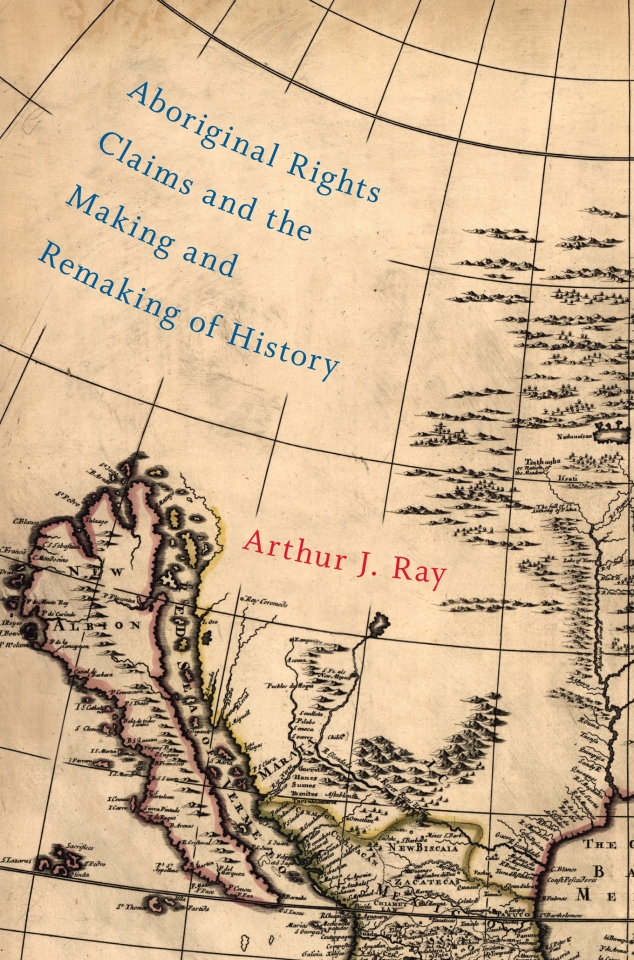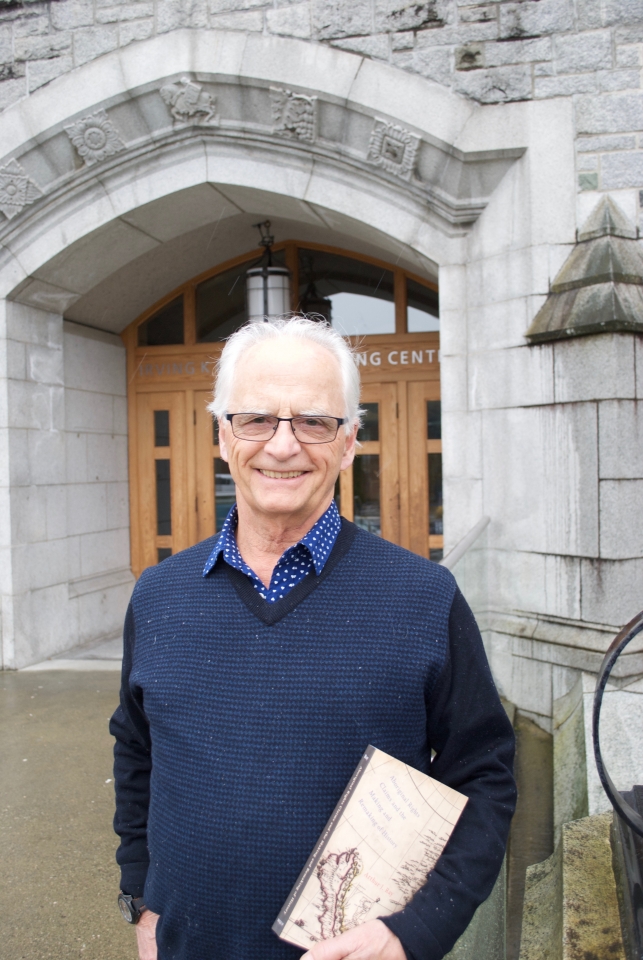As a historian specializing in Aboriginal rights and history, Arthur J. Ray has often been called as an expert witness in court proceedings involving Aboriginal land claims.
After decades of research, and many appearances in court, Ray found himself wondering whether the adversarial legal arena was the best forum for settling Aboriginal rights issues. Wouldn’t it be better to negotiate these things instead?
In a new book that examines how native peoples’ rights are handled in five countries, Ray concludes that there’s no single, direct path to Aboriginal rights. What seems to work best, he says, is a mix of litigation and negotiation – tempered by an awareness on the part of everyone concerned that different groups can have very different perspectives on the same event.
Ray’s book, Aboriginal Rights Claims and the Making and Remaking of History, looks at how indigenous people’s rights have been handled in Canada, the U.S., New Zealand, Australia and South Africa. The book has won the 2017 Canada Prize in the Humanities and Social Sciences awarded by the Federation.
Ray says that each of the five countries he examined has wrestled with the litigation/negotiation question. Litigation, which is adversarial in nature, is not well suited to dealing with historical issues, he says. On the other hand, negotiation doesn’t always work.
“What comes out of it all is that you have to have both litigation and negotiation,” he says. “One depends on the other. If you set up a commission or tribunal, in some ways it’s the ongoing litigation that keeps pushing the settlement process forward.”
Ray says this is true in all the countries he studied. “No country has been able to do one or the other; they have to do both.” He adds that case law and academic research actually evolve in tandem in what he calls a “circular cumulative process.” Each builds on the work of the other.
Ray says one of the big issues for either the courts or tribunals is perspective. Each group involved needs to be aware that others don’t necessarily see things the same way they do.
Native perspective is based on oral history and traditions, he says. Academic perspective (and European legal traditions) are based on documentary records.
The perspectives sometimes clash,” he notes. “And one of the difficulties courts or commissions face is how to evaluate those different perspectives.”
For example, he says that to accommodate native perspectives, the courts have sometimes had to bend the rule that says hearsay evidence is inadmissible.
And he says there is no one perfect forum for accommodating varying perspectives. Whether it’s the courts, a tribunal or a commission, each has advantages and shortcomings.
Aboriginal rights claims, he says, “challenge what are standard understandings of colonial history, because we have to consider from the Native perspective what the newcomers did.
“The good thing about Canada is that while at the beginning of the claims process the native perspective was dismissed out of hand, that’s not the case anymore. “That is a legacy of the claims process. The Canadian courts have moved the ball forward quite a lot.”
Arthur J. Ray is professor emeritus of history at the University of British Columbia. Aboriginal Rights Claims and the Making and Remaking of History is published by McGill-Queen’s University Press.
Photo credit to Michelle Blackwell.


